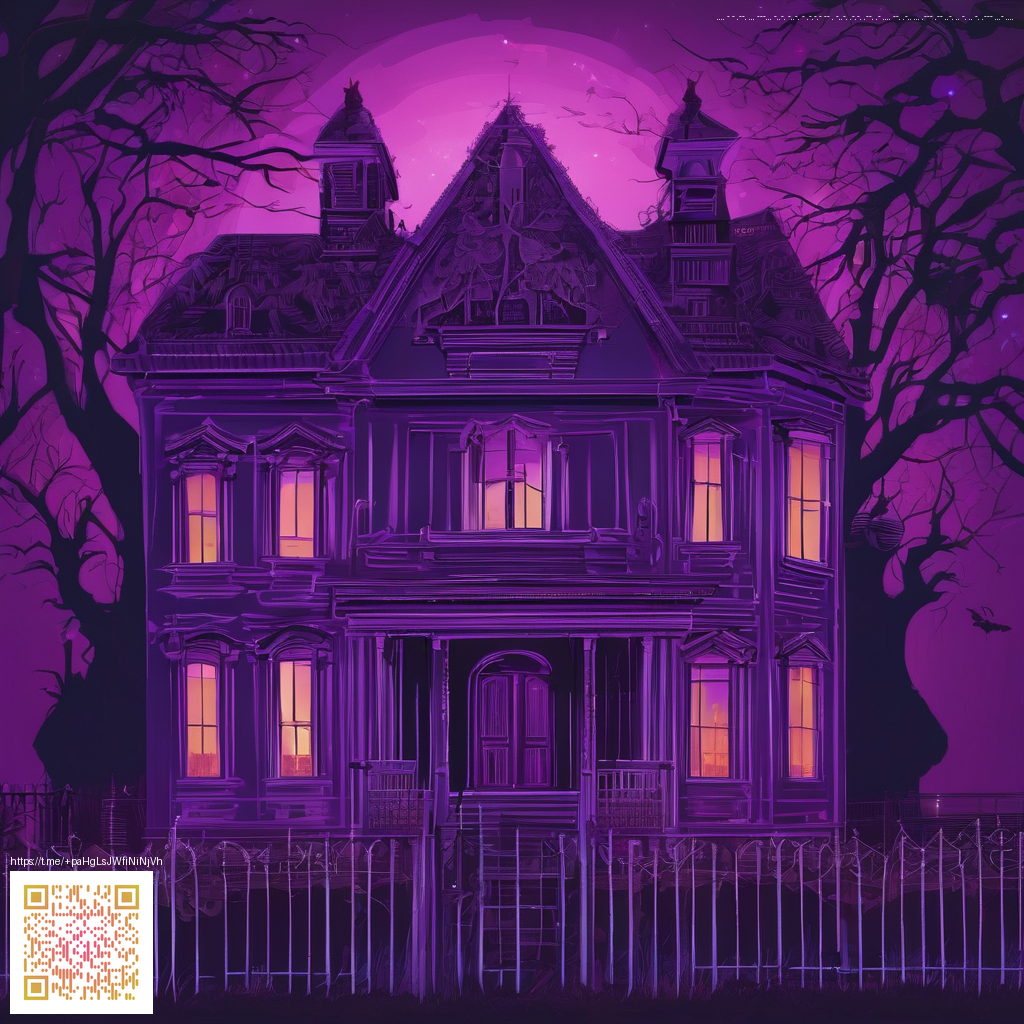
Legacy and Loyalty Around a Modern Classic
Since its launch by a renowned developer in the late 2010s, the game has carved a niche in the action RPG landscape. Its demanding combat, memorable boss design, and cryptic lore have cultivated a dedicated community that spikes with every patch and mod release. The lasting appeal hinges not just on what players do in the moment but how they discuss, dissect, and defend the game's design choices across forums, streams, and fan art galleries.
One of the core reasons fans remain invested is the game’s emphasis on mastery over brute force. Timing, posture breaks, and precise deflections turn each skirmish into a puzzle where failure teaches a hard won lesson. This feedback loop creates a sense of progression visible in clips, guides, and community challenge runs, fueling a shared identity anchored in skill rather than sheer numbers.
Deep Dive into Gameplay Mastery
At the heart of the experience lies a refined combat system that rewards patience. Players balance offense and defense through a rhythm of stabs, parries, and posture breaks. The shinobi prosthetic adds gadgetry to the toolkit, enabling creative solutions to otherwise stubborn encounters. The grappling hook opens vertical options and risk reward maneuvers, letting climactic battles unfold with dramatic height advantage.
Level design reinforces this tempo, placing hazards, shortcuts, and environmental storytelling in close reach. Boss fights are designed to teach players a single pattern until it becomes second nature, then punish arrogance with a decisive counter. For many, success is not about button mashing but about reading intent and choosing the right moment to strike.
Community Pulse and Loyalty
Fans contribute to the legacy through speedruns, deep lore threads, and a vibrant art scene. A culture of analysis thrives, with players exchanging guard break timings, novel strategies, and minimalist playthroughs that emphasize grace under pressure. Even those who did not finish the game often participate in conversations that celebrate the design philosophy and the emotional payoff of perseverance.
That communal energy extends to content creators who translate tough encounters into approachable coaching clips. The result is a living library of tactics that lowers the barrier for newcomers while letting seasoned players push further into the higher echelons of challenge runs. In this way a difficult title becomes a shared hobby rather than a solitary trial.
Updates and the Unfolding Patch Narrative
Post release, patches have refined balance and fixed issues impacting stability and accessibility. The ongoing dialogue with players around these changes helps preserve a sense that the experience evolves rather than stagnates. For PC players in particular, performance improvements and control options often accompany major updates, widening the doorway for diverse setups to enjoy the game at a high frame rate.
Even as new experiences capture headlines, this title continues to be debated in terms of difficulty scale, optional content, and the value of risk versus reward. The patch cadence is a reminder that large, beloved games can mature with their communities instead of retreating from discussion. The conversation itself becomes part of the game’s living legacy.
Modding Culture and PC Fidelity
The PC modding scene around this title is robust, with fans pushing the envelope on visuals, gameplay tweaks, and accessibility options. Texture packs and shader mods can refresh environments without altering core mechanics, while modular tweaks offer alternative balance ideas for those seeking a different tempo. It is common to see cosmetic mods paired with quality of life improvements, yielding a more personalized journey through the same brutal world.
Modders also contribute to longevity by preserving or reinterpreting content long after official support has cooled. The result is a community that treats the game as a platform for experimentation, storytelling, and shared challenge rather than a finished product locked behind a single playthrough path.
Developer Commentary and the Philosophy of Challenge
FromSoftware’s design ethos centers on creating a tension filled experience where each encounter is a test of timing, patience, and learning. In interviews and public talks, the team has emphasized that difficulty is not an obstacle but a reward for mastery. This approach resonates with players who value deliberate pacing and meaningful risk, and it also invites newcomers to embrace a slower, more deliberate pace as a path to satisfaction.
As the studio continues to explore new ideas while honoring its roots, fans remain curious about how future titles will balance accessibility with the signature sense of peril. The conversation around challenge becomes a collective exploration of what makes games feel personal and unforgettable, rather than a simple scoreboard tally.
Support Decentralized Gaming Economy
More from our network
- Tracking the Great Juggernauts Silver Border Price Volatility
- End of Life Strategy for Digital Products A Practical Guide
- Outer Worlds vs Fallout New Vegas Which RPG Reigns Supreme
- Mastering Trailing Stop Strategies for Crypto Trading
- Reconciling Astrometric Parallax with Photometric Distance Models in a Circinus Giant